PsychNewsDaily Publishers
100 Summit Drive
Burlington, MA, 01803
Telephone: (320) 349-2484
PsychNewsDaily Publishers
100 Summit Drive
Burlington, MA, 01803
Telephone: (320) 349-2484
The Antikythera Mechanism, an ancient Greek analog computer, predicted celestial movements over 2,000 years ago, showcasing remarkable engineering for its time.
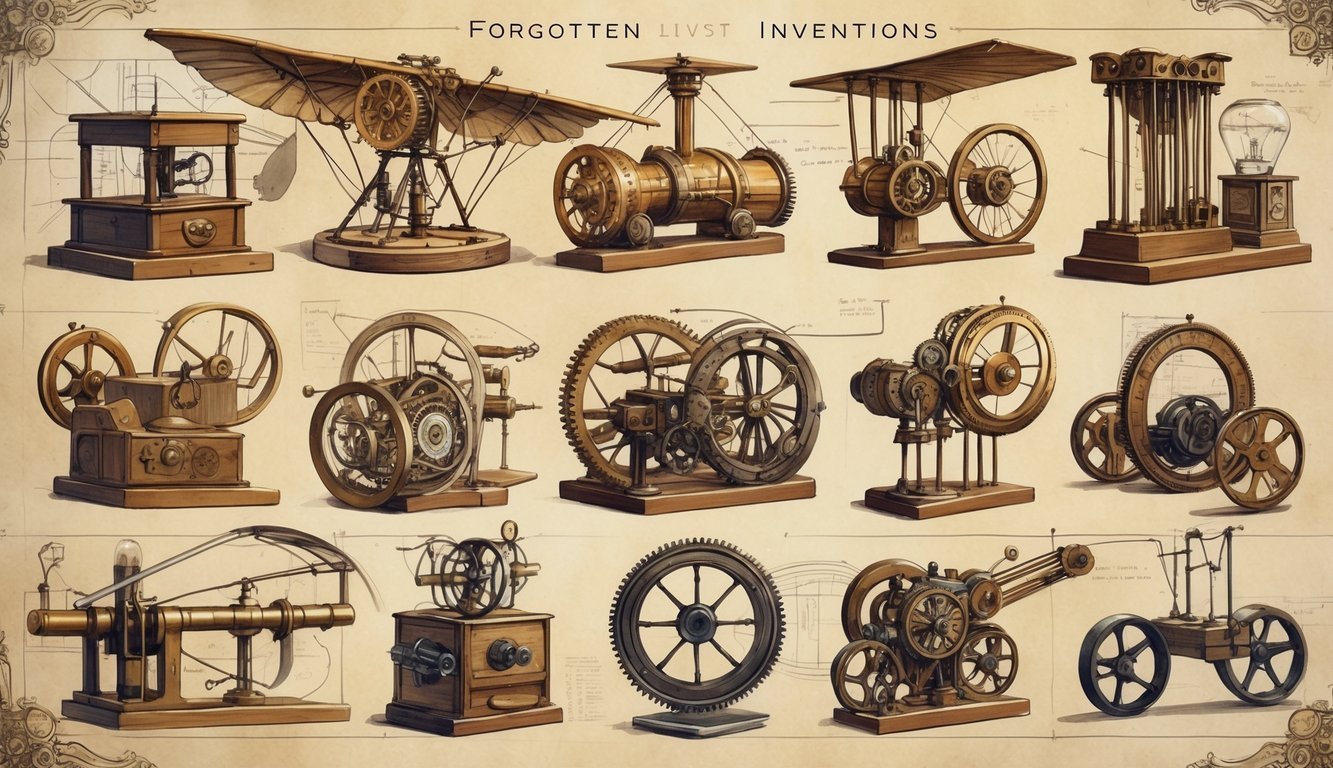
You might not realize just how advanced some inventions from the past really were. People centuries ago came up with ideas that could have totally changed how we live—if only the world had been ready for them. Some inventions were so far ahead, they give us a wild peek into the creativity and know-how of earlier generations.
When you explore these forgotten inventions, you get to see how early inventors tackled problems in surprisingly clever ways. Sometimes, the world just wasn’t ready and these great ideas got lost or ignored, only to pop up again centuries later.
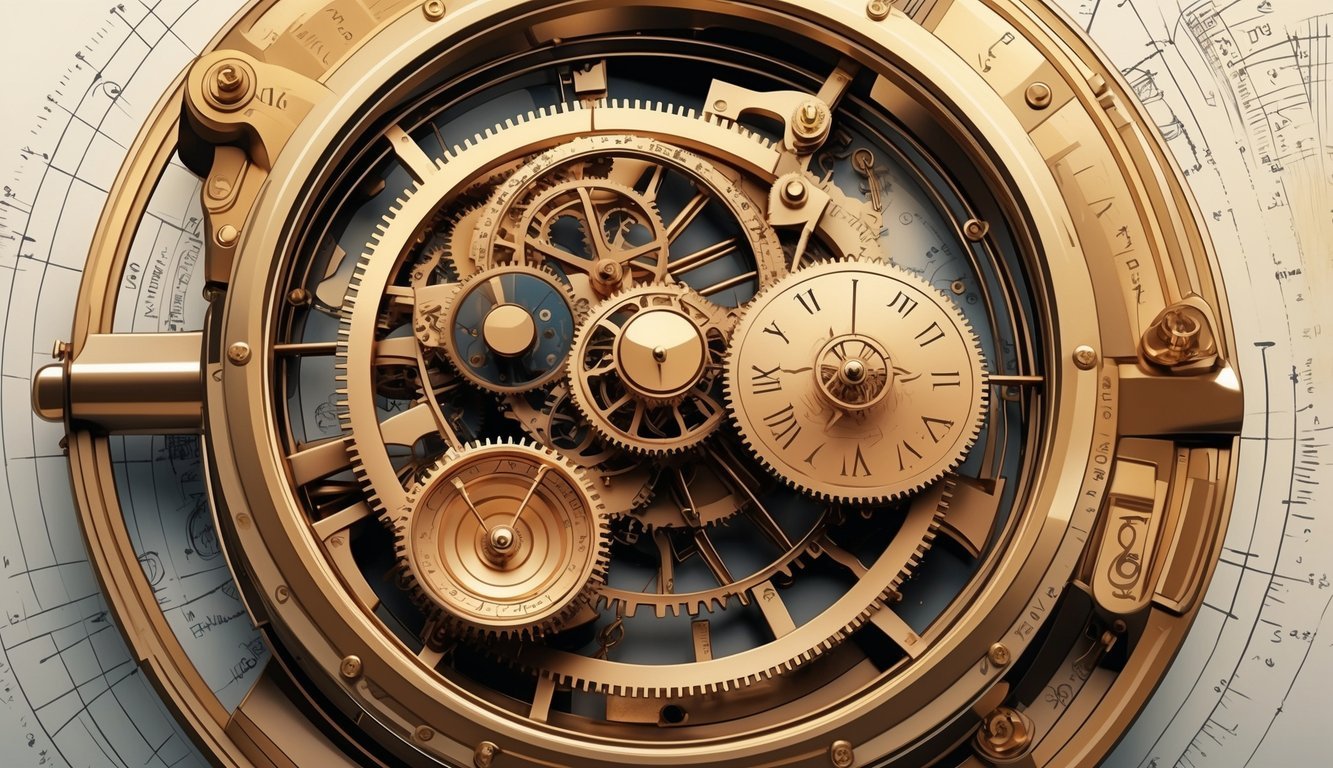
The Antikythera Mechanism is honestly mind-blowing. Ancient Greeks built this thing over 2,000 years ago, and it’s basically the world’s first analog computer. People used this hand-powered device to predict the movements of the sun, moon, and planets.
It could even forecast eclipses decades ahead. The gears and dials inside are super precise, especially for that era.
Divers found it in a shipwreck near the Greek island of Antikythera in 1901. The engineering and math that went into it really show how advanced the Greeks were.
You can almost picture it as an early model of the solar system, helping folks make sense of the skies.
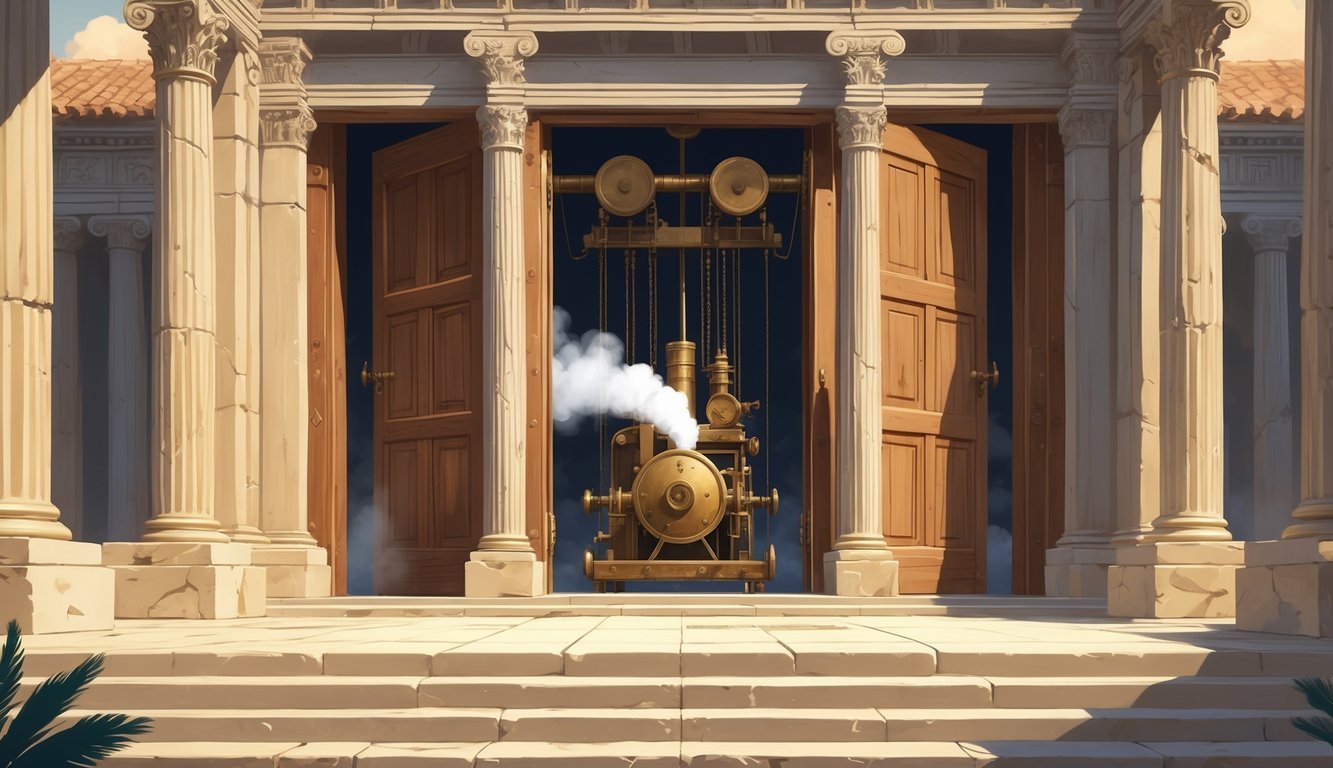
Hero of Alexandria was kind of a genius, honestly. He came up with automatic doors that opened on their own using steam power. Temples used these doors around the 1st century AD to amaze visitors.
When someone lit a fire on the altar, the heat made the air expand. That pushed water through pipes, moving weights that opened the doors.
Once the fire went out, the doors closed all by themselves. It’s just wild to think about how advanced they got with steam and air pressure—stuff we still use in machines today!

The Baghdad Battery is just one of those things that makes you wonder. Archaeologists found this ancient jar near Baghdad, Iraq, and it’s about 2,000 years old. Inside, there’s a copper cylinder and an iron rod.
If you put the right liquid inside, you could get a small electric charge—basically, it’s a really old battery. Some people think it was used for electroplating or maybe even early experiments with electricity.
It’s kind of amazing to think ancient inventors figured this out so long ago. The Baghdad Battery makes you question what other tech from the past we haven’t fully figured out yet.
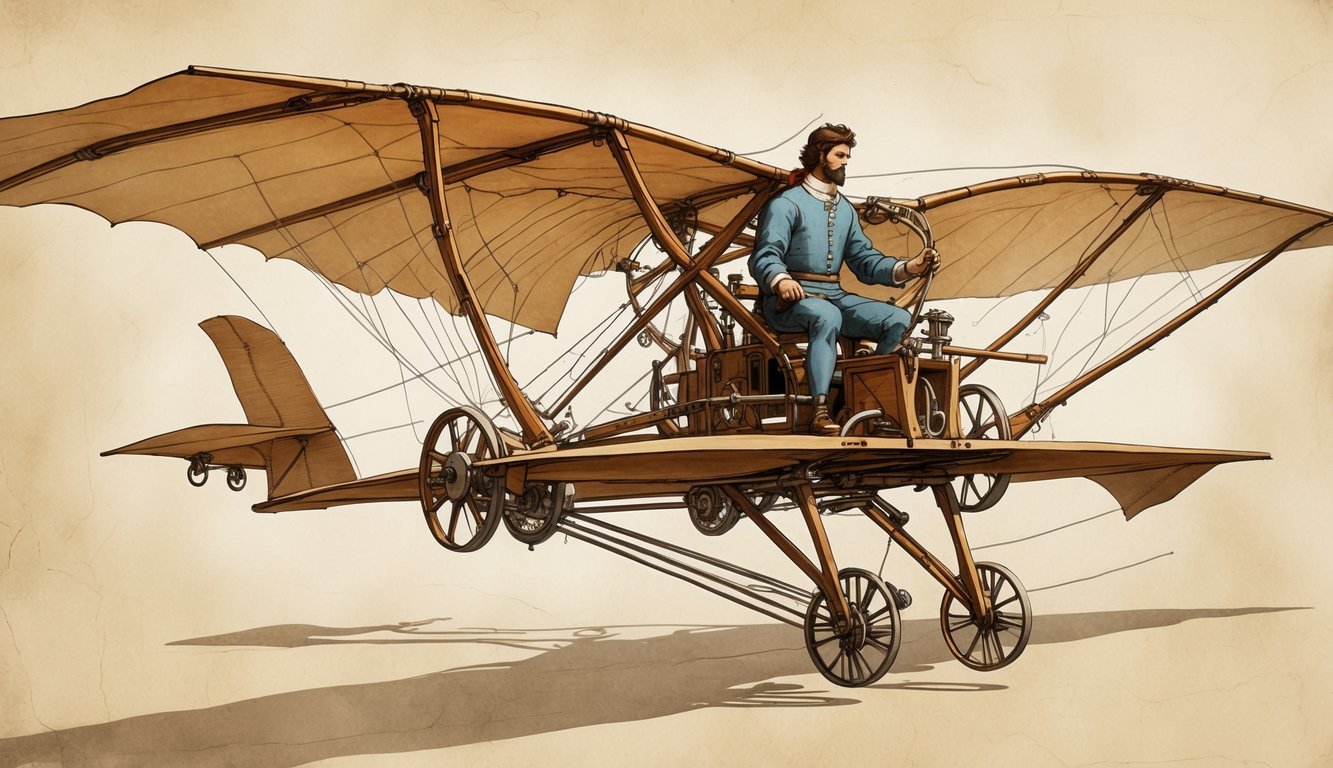
Just picture yourself trying to fly like a bird, using nothing but your own muscles. Leonardo da Vinci actually dreamed up the Ornithopter for this exact reason. His machine copied the flapping wings of birds, hoping to lift a person into the air.
His sketches show how closely he studied birds and their movement. The Ornithopter never actually flew, but honestly, it was a pretty bold idea for the 15th century.
You can almost feel Leonardo’s excitement about flight just by looking at his designs. He inspired generations of inventors to keep chasing the dream of human flight.
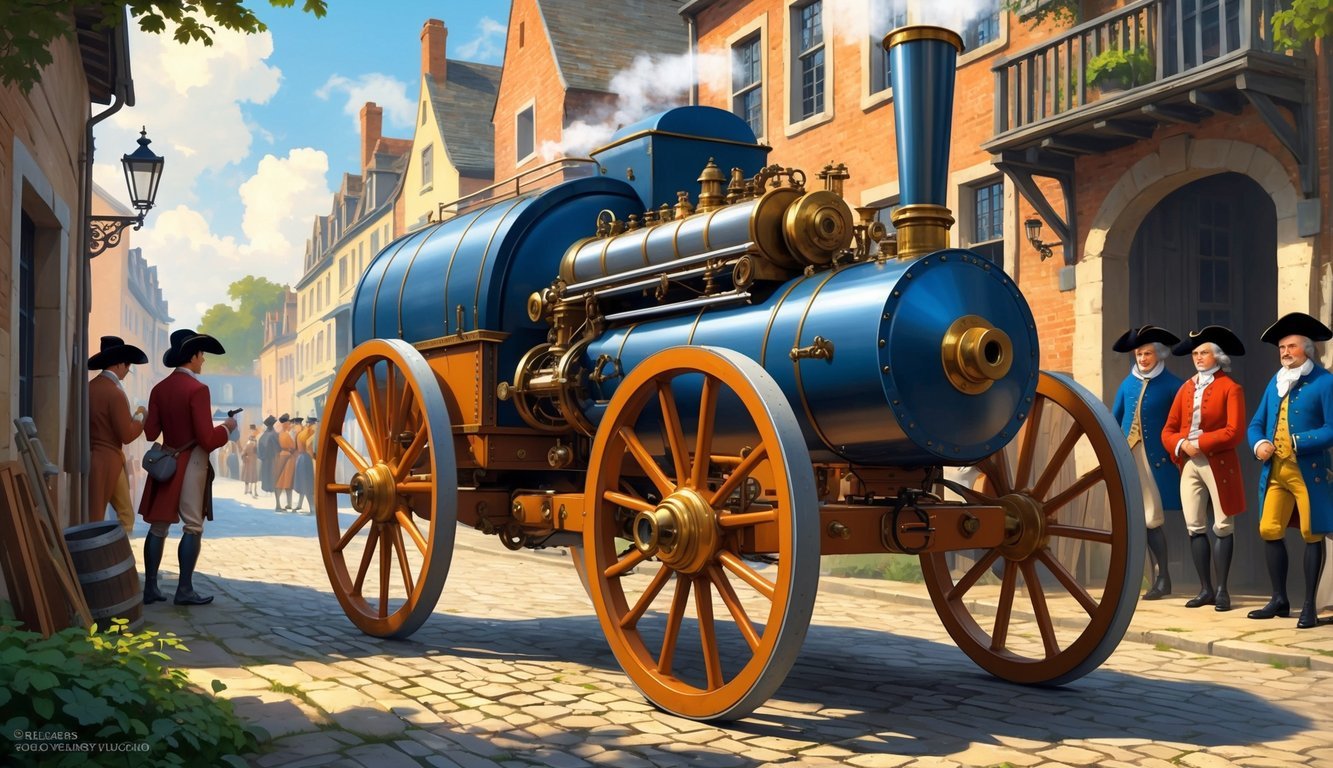
It’s kind of wild to think that the first real automobile rolled out way back in 1769. Nicolas-Joseph Cugnot, a French military engineer, built a steam-powered three-wheeler to move heavy artillery—no horses needed.
This steam dray could haul up to five tons, but only at about two miles per hour. Every 15 minutes, it needed a break to build up more steam.
Sure, it wasn’t perfect, but Cugnot’s invention proved self-propelled vehicles could work. You can see how this clunky machine started the whole journey toward modern cars.

Archimedes, the famous Greek mathematician, supposedly built a weapon that used mirrors to focus sunlight. They called it the heat ray, and the idea was to set enemy ships on fire from a distance.
People lined up polished bronze or copper mirrors to catch the sun and direct the heat at Roman ships. Some stories say this actually made the ships burst into flames during battle.
Modern tests are iffy about whether it worked in real war, but it could definitely burn stuff under the right conditions. Just imagine weaponizing sunlight centuries ago!

Tesla’s Wardenclyffe Tower is just fascinating. In the early 1900s, Nikola Tesla tried to build a tower that would send electricity through the air—no wires needed. He dreamed of a world where you could share power wirelessly, even across oceans.
Imagine lighting up cities or powering ships without any cables. Tesla designed the tower to use the Earth itself to carry electric signals and energy.
The project ran out of money and they tore the tower down, but the idea was way ahead of its time. There’s still something thrilling about this ambitious vision to change how we use power.
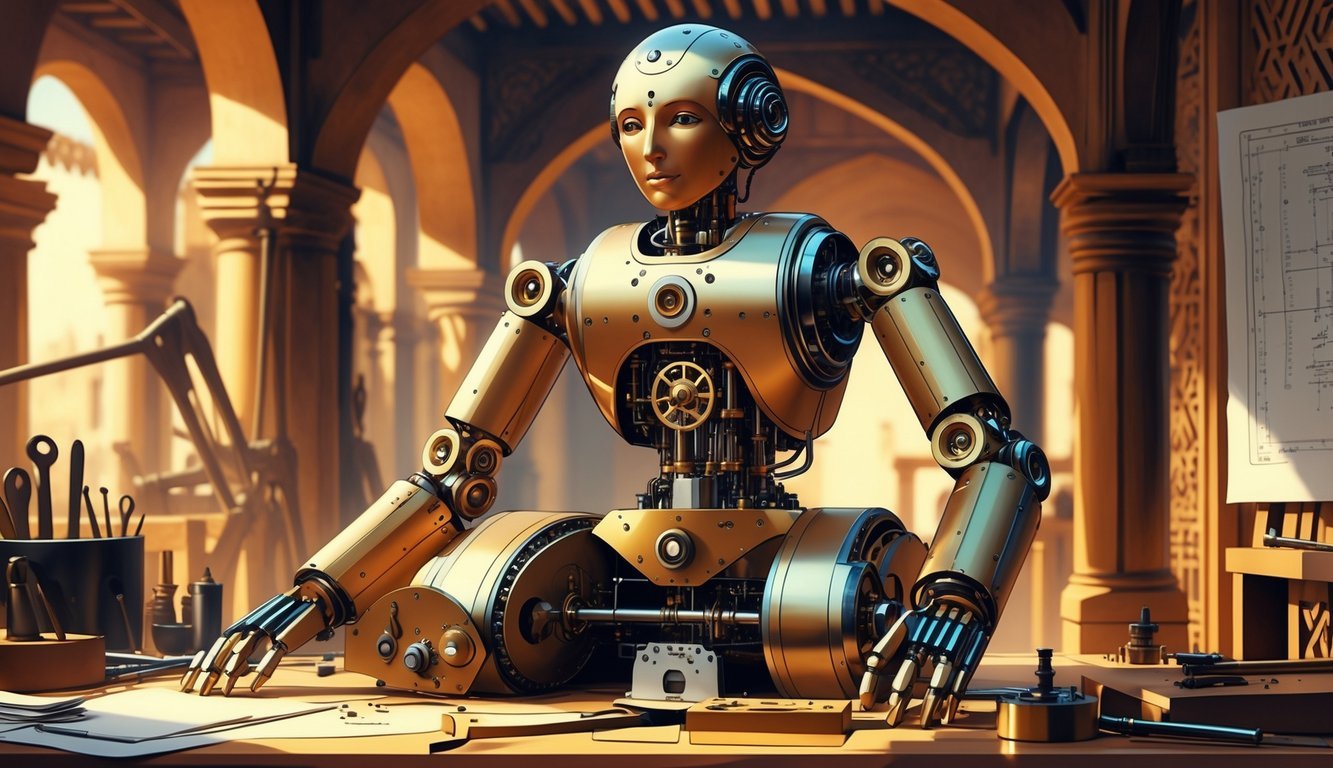
Al-Jazari’s early robot is honestly pretty cool. He designed it in the 12th century, and it was programmable—it could do different things depending on how you set it up.
He made an automaton that acted like a musical band. You could move pegs to change the rhythms it played, and it even moved its face and body during performances.
Think about a machine that reacts and changes its behavior, almost like a person. Al-Jazari’s invention really paved the way for robotics by proving that machines could be programmed to do all sorts of tasks.

The ancient Greeks came up with water clocks, called clepsydras, to keep track of time. They let water flow in or out at a steady rate to measure hours, which worked even when the sun wasn’t out.
These clocks weren’t just gadgets—they showed the Greeks’ knack for solving everyday problems. By controlling the water’s flow, they could measure short time intervals, which was handy in courts and speeches.
Using water instead of shadows meant you could tell time no matter the weather. When you picture these silent clocks, it’s kind of amazing how early science and creativity came together.

Roman concrete is a bit of a marvel. It’s lasted for over 2,000 years and actually gets stronger as it ages. The Romans mixed volcanic ash, lime, and seawater, which created a chemical reaction that healed cracks over time.
Engineers used this concrete to build things like the Colosseum and aqueducts. Thanks to their special recipe, a lot of these buildings are still standing.
Now, scientists are studying Roman concrete to make greener and longer-lasting materials for today. It’s kind of inspiring to see old ideas making a comeback.

Go back over 2,000 years and you’ll find the Aeolipile, the first known steam engine. Hero of Alexandria, a Greek engineer, came up with it around the first century AD.
The Aeolipile was a hollow sphere that spun when steam shot out of bent tubes. You’d heat water in a cauldron, and the steam would make the sphere spin.
It looks simple, but it’s actually the earliest example of using steam to create motion. This little device ended up sparking ideas that led to the steam engines of the Industrial Revolution.
Imagine holding something like that in your hands—one of the first machines to turn steam into movement!

Honestly, it’s kind of wild to realize just how advanced ancient Egyptian surgical tools really were. These folks tackled complex procedures like brain surgery and fixing broken limbs—stuff we’d expect from much later times.
Craftsmen shaped their instruments with a surprising level of skill. You’ll spot knives, scalpels, and needles made from bronze and other metals, each one showing off their attention to detail.
Thinking about medicine thousands of years ago? It’s hard not to picture these tools as a blend of science and art. Egyptians used them to heal wounds and treat illness, relying on knowledge that still blows people’s minds today.